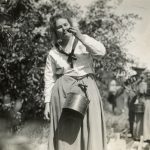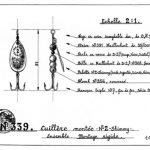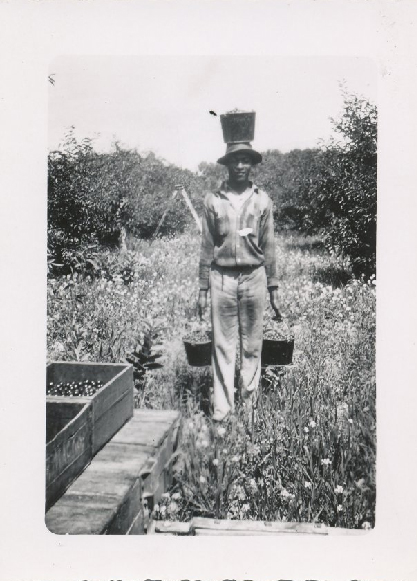
Early Door County cherry orchards relied heavily on local workers, and all members of the family that owned a cherry orchard were expected to contribute. From the planting process, spraying of fungicides, pruning, and finally cherry picking, each cherry tree required a significant amount of work. When orchards remained small, the local labor pool proved sufficient, but as Door County cherries increased in popularity, orchards grew significantly larger. Door County residents like the Fardigs simply could not keep up with the workload. The answer to the labor shortage came in the form of migrant workers.
Seasonal workers came from a variety of locations. Some came from within the United States, including Native Americans from a number of local tribes. Thousands came from Texas and Mexico, working their way across the United States and picking a variety of crops as they came in season. Entire families were often employed, and pickers were paid by the pail, with the average worker picking 20-30 pails per day.
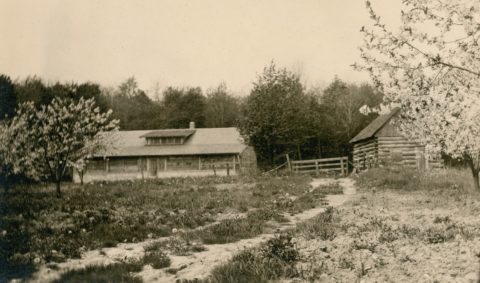
Many orchards established their own cherry camps, which provided housing for the workers. While most workers came to Door County strictly for work, some orchards promoted cherry camps as an inexpensive summer camp, recruiting American teenagers for the summer. In exchange for room, board, and opportunities for recreation, these pickers were expected to pick a certain number of pails per day. At one local orchard, Horseshoe Bay Farms, Green Bay Packers players served as camp counselors.
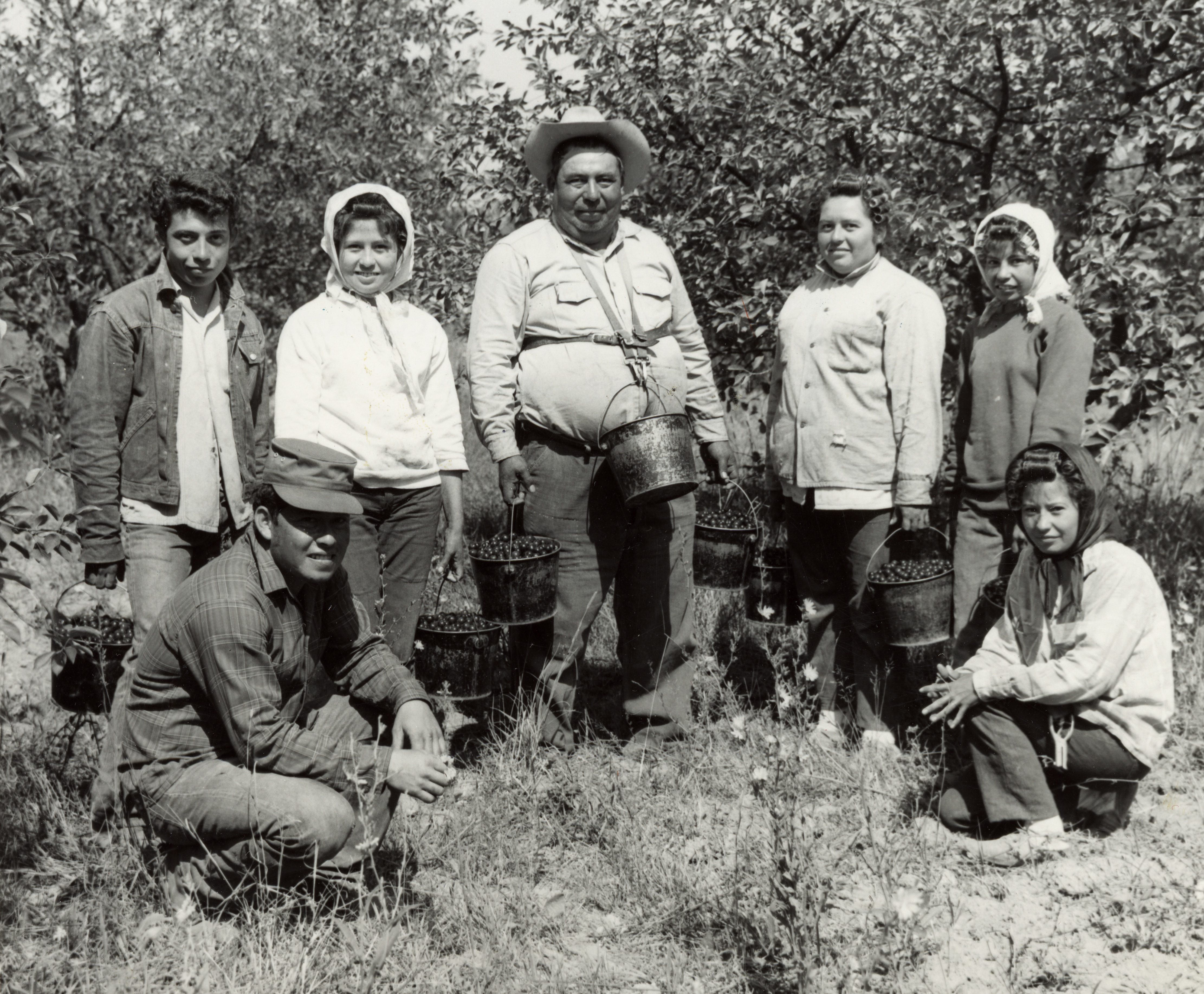
When World War II began, domestic labor diminished significantly, leading to an increase in Jamaican and Barbadian cherry pickers. Still, the number of migrant workers (2,000 in 1944) proved insufficient for the size of the cherry crop and, thousands of pounds of cherries were left to rot on the trees. As the war continued, Door County orchards also employed German Prisoners of War (POWs) from a temporary POW camp, Camp Sturgeon Bay. During the 1945 season, approximately 2,000 POWs assisted the roughly 1,000 migrant workers in the cherry harvest.
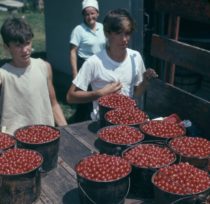
At the peak of the cherry industry in the late 1940s and early 1950s, 10,000 migrant workers came annually to pick cherries. The demand for labor in Door County was so high that the Wisconsin Cherry Commission and the Wisconsin State Employment Service produced a government report on Door County cherries and the type of work involved in the harvest. Improved technology, specifically the invention of the mechanical shaker, and a decrease in cherry growers ended the necessity of migrant workers in Door County cherry orchards.
Written by Emily Irwin.
SOURCES
Horseshoe Bay Farms. http://horseshoebayfarms.org/.
Mariah Goode, “The Harvest of 1945: German POW Camps Filled Door County’s Labor Shortage,” Door County Living, 2005.
The cherry industry in Door County (Madison, WI: Wisconsin Cherry Commission and Wisconsin State Employment Service, 1950), Wisconsin Historical Society. http://content.wisconsinhistory.org/cdm/compoundobject/collection/tp/id/58941/show/58917.
Object story created July, 2017
Featured image: Oliver, Sheldon, and Glen Fardig help in the Fardig Orchard in Ephraim, WI, c. 1930. Photograph courtesy of the Ephraim Historical Foundation.

